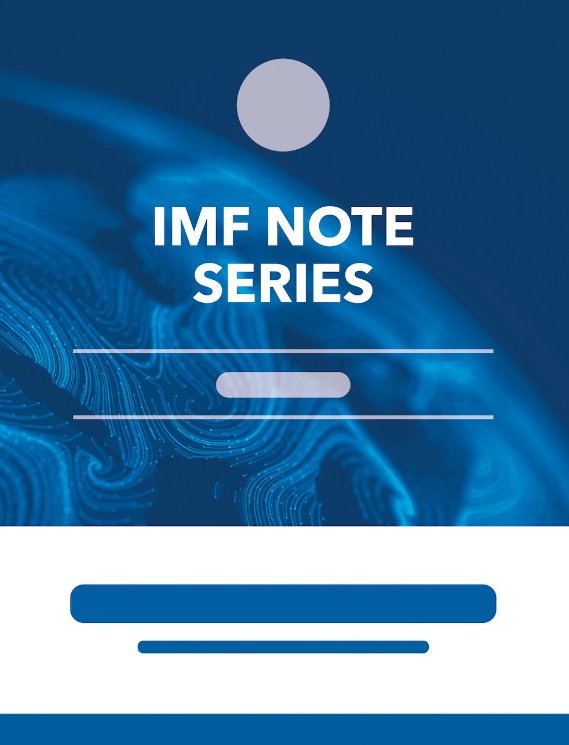Treating Intangible Inputs as Investment Goods: The Impact on Canadian GDP
November 1, 2009
Disclaimer: This Working Paper should not be reported as representing the views of the IMF.The views expressed in this Working Paper are those of the author(s) and do not necessarily represent those of the IMF or IMF policy. Working Papers describe research in progress by the author(s) and are published to elicit comments and to further debate
Summary
This paper constructs a data set to document firms' expenditures on an identifiable list of intangible items and examines the implications of treating intangible spending as an acquisition of final (investment) goods on GDP growth for Canada. It finds that investment in intangible capital by 2002 is almost as large as the investment in physical capital. This result is in line with similar findings for the U.S. and the U.K. Furthermore, the growth in GDP and labor productivity may be underestimated by as much as 0.1 percentage point per year during this same period.
Subject: Data collection, Data processing, Expenditure, Intangible capital, National accounts
Keywords: data processing establishment, expenditure data, intangible investment, national income, tow investment goods, WP
Pages:
21
Volume:
2009
DOI:
Issue:
240
Series:
Working Paper No. 2009/240
Stock No:
WPIEA2009240
ISBN:
9781451873870
ISSN:
1018-5941






